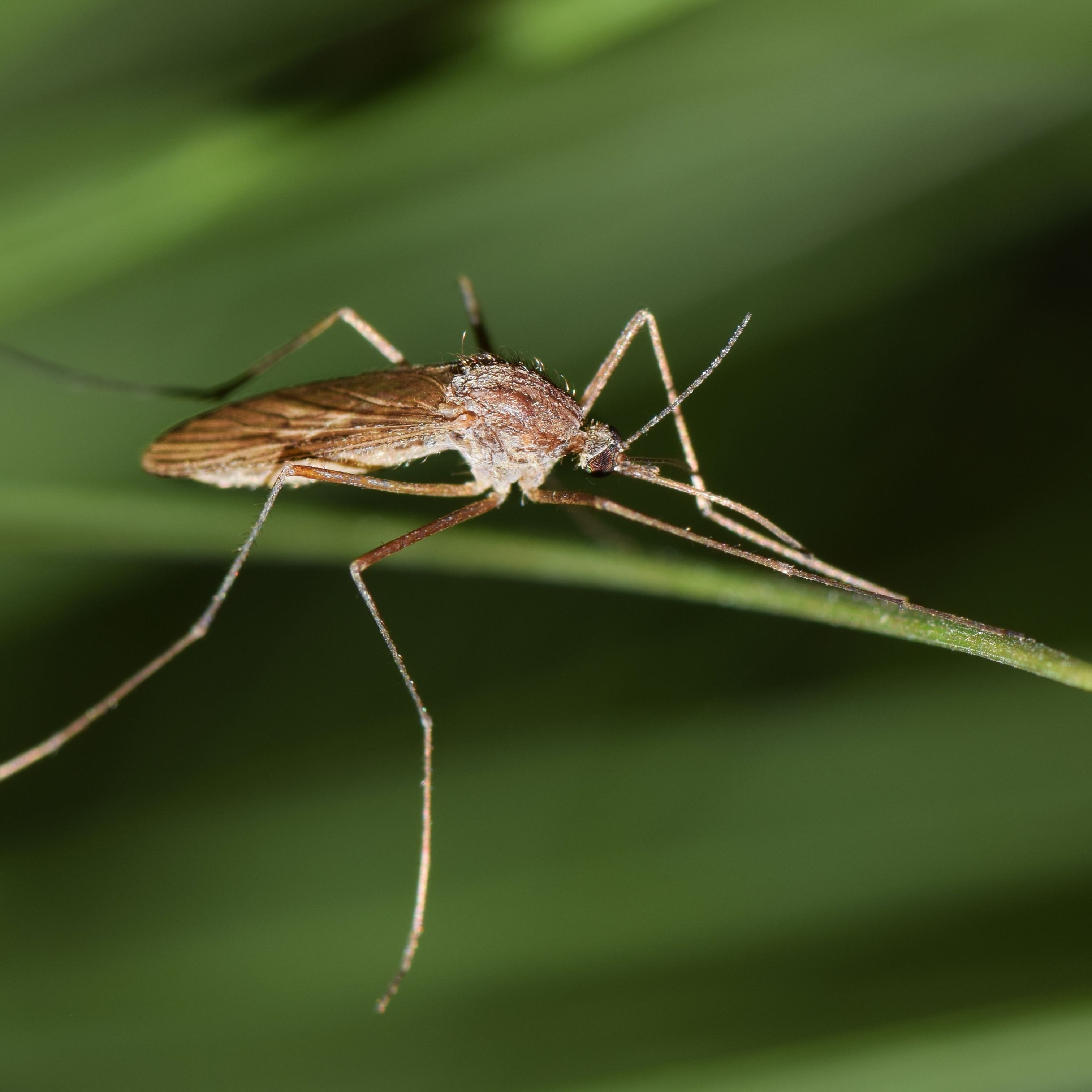
What is Ross River Virus?
The Ross River virus, RRV for short, is also known as epidemic polyarthritis. This is a viral infection. RRV is transmitted by mosquitoes and belongs to the Togaviridae family.
Where does the Ross River virus occur?
In 1928, the first outbreak of Ross River fever occurred in Australia . Since then, the pathogen has spread throughout the islands of the southern Pacific. Today, around 5,000 cases are still detected in Australia every year. The highest risk of infection is in summer and autumn, the months when it rains most in these regions. This is when the population of mosquitoes is at its highest and the risk of infection is enormous. Areas that are close to lagoons, wetlands and swamps are particularly affected.
How is the Ross River virus transmitted?
The RRV belongs to the so-called zoonoses, which means that an animal infects a human. For the most part, transmission takes place via mosquitoes. Presumably, small mammals such as kangaroos and wallabies are the virus reservoirs.
An infected mosquito transmits the viruses to humans via its proboscis. So far, a transmission from human to human has not been detected. Depending on weather conditions, the number of cases also varies. However, Ross River fever occurs most frequently in summer and autumn.
What are the symptoms of the Ross River virus?
After an incubation period of about three to nine days, the first symptoms appear, such as fever and sudden onset of joint pain. This is followed by a large skin rash. Most patients also complain of the following symptoms:
- Fatigue,
- Fatigue,
- General feeling of illness.
- Loss of appetite,
- Nausea,
- Vomiting,
- Sensitivity to light.
The infection of the virus leads to enormous pain in the joints. In addition there is redness, swelling and joint stiffness. In many cases, sufferers have such severe pain that they can no longer even walk .
As a rule, the disease subsides after a few days . However, recovery can take weeks, because around one third of patients still complain of joint pain after six months. Sometimes, symptoms such as swelling, pain and joint stiffness can even appear years after the disease.
Epidemic polyarthritis is usually very mild in children. The disease is not considered life-threatening. The disease is not considered life-threatening .
How is the Ross River virus diagnosed?
At of an infection with the Ross River virus, the clear early symptoms are missing, which is why the medical history is essential for making the diagnosis . Therefore, the doctor will sometimes ask the following questions :
- What are the exact symptoms? (For example, joint pain, swelling or fever).
- How long have these symptoms been present?
- Have the symptoms subsided and become stronger again?
- When and where were you last abroad?
- Have you been bitten by mosquitoes?
If suspects an infection with the Ross River virus, the doctor will order a blood test. This is the only way to make an unequivocal diagnosis. Labour tests are divided into direct and indirect pathogen detection.
Direct pathogen detection:
The RRV can be detected directly at if the genetic material of the virus can be detected in the patient's blood at . The virus can be detected directly by means of a PCR test. This detection is done using a PCR test.
Indirect pathogen detection:
Indirectly the RRV can be detected in the blood of the affected person based on the detection of specific antibodies . These IgM antibodies are usually detectable five to seven days after the onset of symptoms. The IgM antibodies can still be detected in the blood up to six months after the disease.
Due to the similarity of the symptoms with other tropical diseases, the Ross River virus must be detected beyond doubt in order to be able to exclude the other diseases such as malaria, enterovirus and parvovirus infections .
How is the Ross River virus treated?
There is no treatment for the virus, so only the symptoms are treated. Physical rest and bed rest are crucial. Because of nausea and vomiting, patients are advised to eat only light food and to avoid alcohol. The patient should drink sufficient amounts of fluids, as he or she loses a lot of water, especially during fever. Paracetamol or ibuprofen can be taken to relieve the pain in the joints after consultation with a doctor. Non-steroidal anti-inflammatory drugs or cortisone can also be used. .
Acetylsalicylic acid (ASA) should not be taken because it can increase the risk of bleeding.
How can you prevent the Ross River virus?
If you want to protect yourself from RRV, you should definitely protect yourself from mosquito bites. The most efficient measures are:
- >Use insect repellents. Those with Icaridin and DEET are particularly effective.
- One should always wear long trousers and long-sleeved clothing. In addition, clothes can be sprayed with permethrin after washing.
- Mosquito nets should be used. Especially at the windows and over the bed.
- It is important to stay away from water points or, if possible, to remove them.
- Anyone who is pregnant or in poor health should avoid travelling to a high-risk area.
Before setting off on a trip, you can find out from a tropical institute how high the risk of RRV in the holiday region is assessed.
